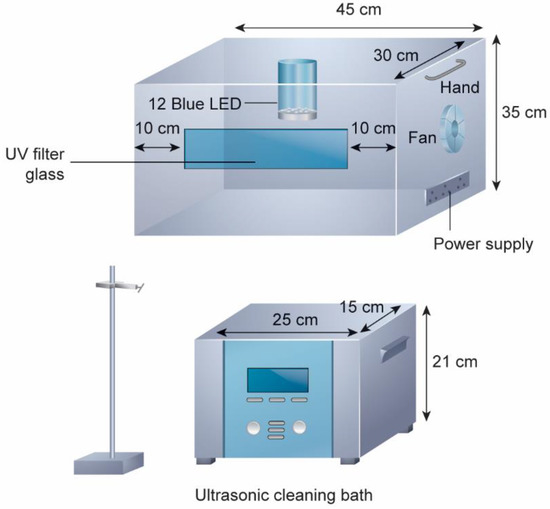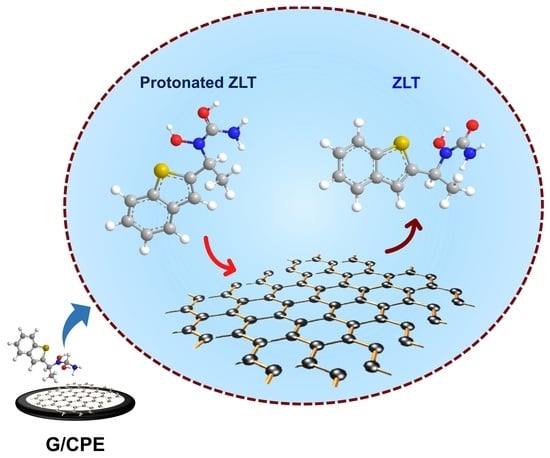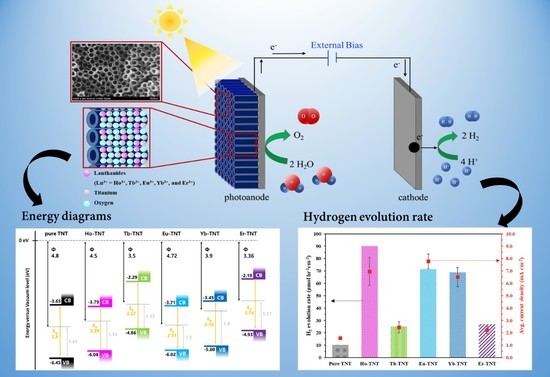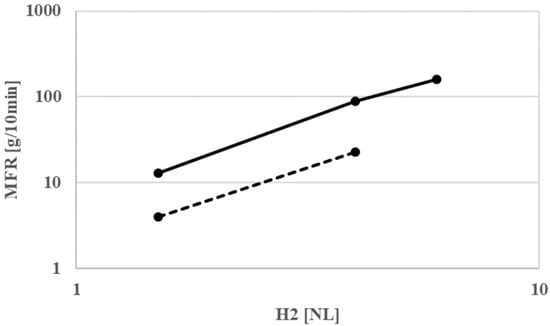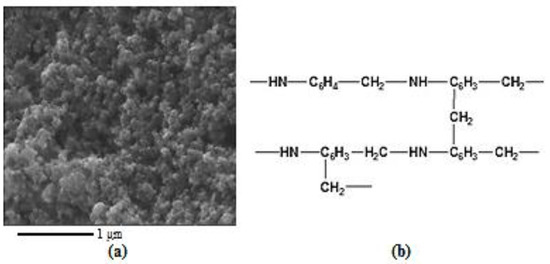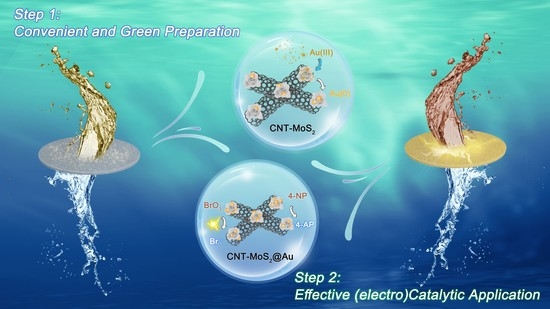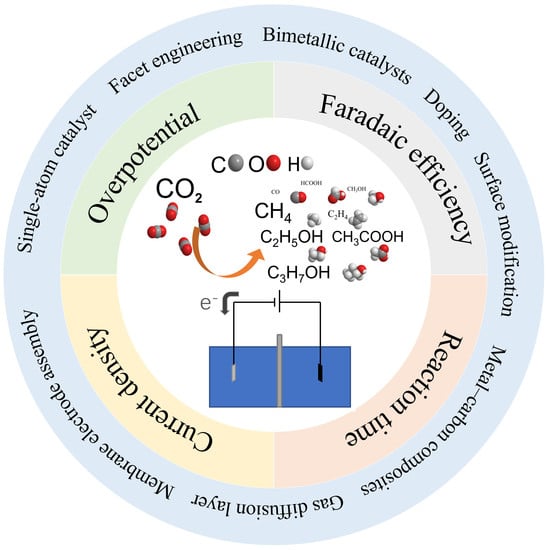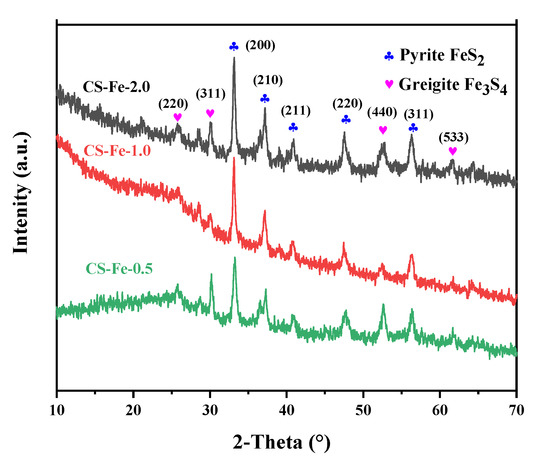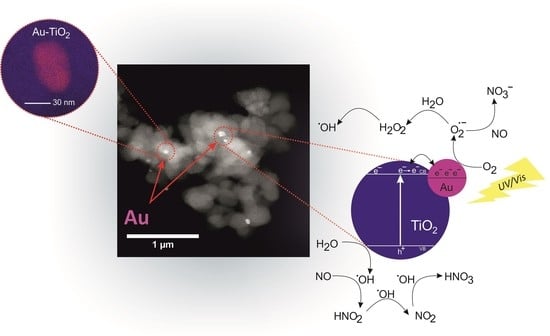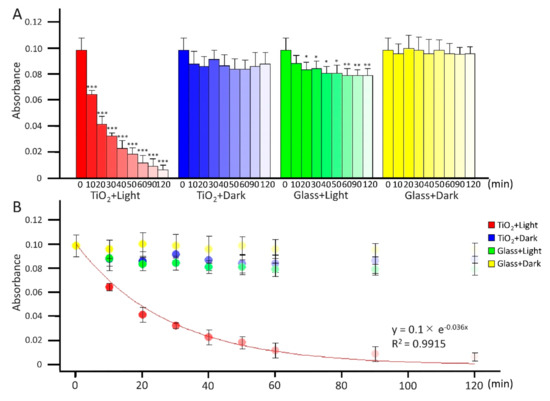Catalysts 2022, 12(8), 868; https://doi.org/10.3390/catal12080868 - 6 Aug 2022
Cited by 5 | Viewed by 2750
Abstract
The development of a mild, general, and green method for the C-H arylation of pyrazoles with relatively unreactive aryl halides is an ongoing challenge in organic synthesis. We describe herein a novel sonophotoreactor based on an ultrasonic cleaning bath and blue LED light
[...] Read more.
The development of a mild, general, and green method for the C-H arylation of pyrazoles with relatively unreactive aryl halides is an ongoing challenge in organic synthesis. We describe herein a novel sonophotoreactor based on an ultrasonic cleaning bath and blue LED light (visible light) that induce copper-catalyzed monoarylation for pharmacologically relevant pyrazoles. The hybrid effect of ultrasonic irradiation and blue LED is discussed to interpret the observed synergistic action. A broad array of pyrazoles coupled with iodobenzene avoids expensive palladium metal or salts, and certain designed substrates were attained. Only comparatively inexpensive copper(I)iodide and 1,10-phenanthroline were used all together as the catalyst. The presented technique is a greener way to create C-H arylation of pyrazoles. It significantly reduces the amount of energy needed.
Full article
(This article belongs to the Special Issue The Role of Catalysts in Functionalization of C-H and C-C Bonds)
►
Show Figures
